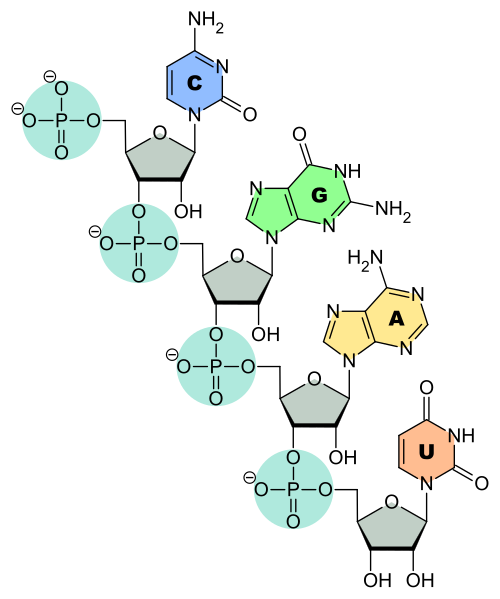How many things can scientists name -Seq? Let us count the ways
From lettuce to cat poop to human cells, we're ready to sequence it all
In the past decade, scientists have been slowly sequencing everything — and yes, I mean everything. Scientists have sequenced romaine lettuce to detect food-borne pathogen outbreaks, increasing numbers of people across the world to address under-representation in genomics, and even kitty poop to better understand the cat microbiome.
But in the midst of all these sequencing studies, what sticks out to me the most is how often scientists find a way to use the word -Seq when naming new methods. Here, Seq is short for sequencing, and is often used to name experiments which involve high-throughput sequencing.
So here's a list of the many ways scientists have managed to incorporate the word -Seq when naming new methods. It certainly isn't comprehensive, and doesn't include every -Seq method out there, but here it is anyway.
Here are (some of) the ways you can sequence DNA

The Oxford Nanopore MinION is a pocket-sized DNA sequencer — just in case you want to sequence on the go.
There are so many different aspects of biology to consider today when it comes to sequencing DNA. Are you interested in learning what DNA interacts with? Try using ChIP-Seq to explore protein-DNA interactions, or if you want to get more specific, use MAINE-Seq to find DNA bound by histone proteins.
Interested in the regulatory regions of the genome? There's also FAIRE-Seq to identify regulatory regions in the human genome, and 4C-Seq to characterize how DNA is physically organized around regulatory elements. Or perhaps you're interested in whether DNA is methylated or not? If so, you can take your pick between BS-Seq, BisChIP-Seq, Methyl-Seq and so many more.
Want to look at RNA? There's a -Seq for that, too
The first step to building a protein in your cells is to transcribe DNA into RNA (ribonucleic acid). Scientists can map RNA using RNA-Seq, but that's not all. Check out RIP-Seq to find out where RNA-protein complexes are, dsRNA-seq to investigate double-stranded RNA molecules, and structure-Seq to find secondary RNA structures across the genome. There's even single-cell RNA sequencing (scRNA-seq) if you want to look at individual cells, which was hailed as Science's Breakthrough Of The Year in 2018. Fun fact: scRNA-seq was originally called mRNA-Seq, but perhaps that name wasn't catchy enough.

Don't forget about CRISPR!
Scientists can use the CRISPR/Cas system to edit genes, but it doesn't always work out effectively. So why not use GUIDE-Seq to identify all the double-stranded breaks introduced by CRISPR/Cas enzymes? Or Digenome-Seq to capture off-target CRISPR effects in human cells? Or perhaps CIRCLE-Seq to capture off-target effects in vitro? Or...okay, I'll stop now. But there are so many more -Seq methods out there as the scope of sequencing continues to expand.
But let's face it: I also carry out DNA sequencing to better understand complex neurological disorders. If I ever developed a method, I'd try to find a way to fit -Seq in too when naming it. How else would you know that sequencing was involved?